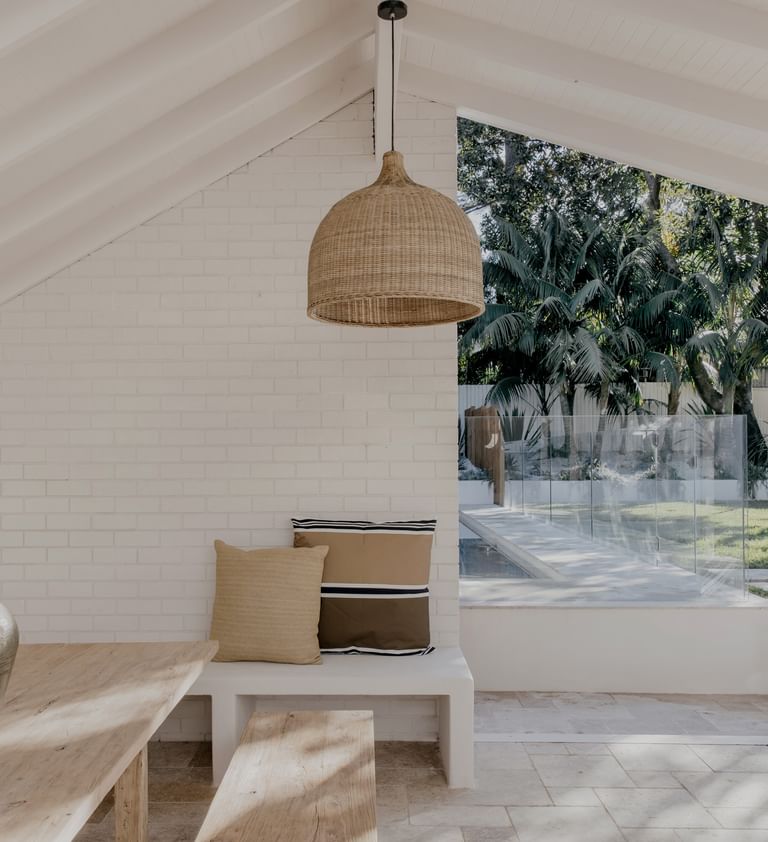
Price movements
Australian houses and units continued to see upward price momentum over the last months, growing by 0.7 per cent and 0.3 per cent respectively. The ongoing lack of stock, with listings remaining tight, has resulted in increased competition keeping values elevated in both metropolitan and regional markets across the country.
Despite inflation results not falling as strongly as anticipated, expectations surrounding interest rates continue to suggest downward movement later this year. As such the continued price momentum is likely to remain a feature of the Australian housing market for much of this year. House prices have recorded 10.3 per cent annual growth to the current median of $870,243 while units have grown over the year by 7.9 per cent to a median of $647,406 nationally.


Over the past month we’ve continued to see all markets appreciate in value, with the greatest growth still coming from historically volatile markets. Perth remains out ahead with the mismatch in demand and supply likely to cause continued growth for this market over the short to medium term, up 1.1 per cent this last month, recording an annual change of close to 22 per cent. The $785,184 median home price has hindered affordability for this market, similar to Adelaide which is now at $795,047. This market continues to see strong growth, up 0.7 per cent this month.
Population gains in Brisbane have kept growth elevated, recording a 0.7 per cent increase this month; annual growth is up by 12.3 per cent to $916,732. The smaller regions of Darwin and Hobart have recorded some of the highest growth this month at 0.9 and 0.7 per cent respectively, while the larger regions of Sydney and Melbourne have shown more subdued growth levels.


The capital city unit market has shown similar results this period with all markets showing monthly uplift in values with the exception of Sydney. Perth continues to lead the charge, growing median values by 0.7 per cent this month to $499,712. Adelaide and Darwin both recorded 0.5 per cent increases this month, followed by Brisbane and Hobart up 0.4 per cent.
Sydney and Melbourne have recorded the least change in values this period, with Melbourne up 0.3 per cent to $634,768 while Sydney has fallen just 0.1 per cent to $868,064.
Over the last 12 months, Perth, Brisbane and Adelaide have grown median prices in excess of 13 per cent in contrast to larger regions of Melbourne (4.3 per cent) and Sydney (5.8 per cent) which have seen lesser improvement over the same time period.


Strong gains were felt across all Australian regional markets this month, with results echoing those seen in the metropolitan regions. Western Australia and South Australia remain out in front with both occupiers and investors seeking out affordable opportunities, driving prices up 1.4 per cent and 1.3 per cent respectively. These markets have continued to see robust growth over the year, with both trending ahead of 15 per cent annual change.
Queensland and its strong growth, up one per cent this month, or 14 per cent over the year, remains the second most expensive regional market to purchase in with a median of $666,903, behind New South Wales at $741,879 (0.8 per cent monthly growth). Smaller markets of the Northern Territory and Tasmania have also seen outstanding ongoing results, up one and 1.1 per cent respectively this month, while Victorian growth lags behind at 0.9 per cent or 5.1 per cent over the year to $589,952.


Regional houses and units continue to move in sync, with both South Australia and Western Australia markets recording 1.1 per cent growth, representing an outstanding 17.1 and 16.2 per cent annual growth rate. The affordable nature of unit assets in these locations makes it attractive to all buyer groups from owner occupiers, first time buyers and investors.
Strong pricing in regional Queensland at $561,700 has seen 0.7 per cent growth this month with New South Wales and Victoria continuing to lag behind all other states. Both had a monthly improvement of 0.5 per cent, but these markets continue to show the least annual change at 6.2 and 5.3 per cent respectively.


Listings Activity
Listing numbers saw sizable decreases in both March and April across the country. Sentiment surrounding purchasing has improved as inflation results saw further decreases, likely to fuel interest rate reductions. Listing levels for this month sit slightly below that of 2023 results with owners opting to “wait and see”, particularly given the ongoing change in values.
Uncertainty to list has also been heightened over the last two months given the early Easter and school holidays being out of sync across the country. With this period now behind us, we expect to see an uptick and stability in activity in May similar to prior years.


Monthly listing results for our capital cities may be less than ideal, however over the year there are still some bright spots. Collectively across the cities there’s been an increase of 2.5 per cent on the year, albeit 24.8 per cent down on the month.
Canberra has been the best performer, up 12.8 per cent annually to 694 listings, followed by Melbourne, up 11.2 per cent to 8,740. Sydney has been the worst monthly offender, down 31.6 per cent, however still up 3.3 per cent on the same time last year, with Brisbane yielding similar results.
Smaller markets which have shown the greatest value appreciation but all continue to be hampered by limited stock with Hobart, Darwin and Perth all recording strong declines in both monthly and annual listing numbers.


Regional markets have seen greater decreases in activity this month, with all regions recording significant changes. Western Australia and Tasmania recorded poor monthly changes with just 674 and 419 assets listed respectively in each state, representing a 38.7 and 37.2 per cent decline.
New South Wales and Victoria continue to be the least affected annually, albeit reduction remains sizable. Queensland is the best of the monthly performers recording -28.8 per cent change in the month; a staggering “best performer” result. Across all regions there are 11,700 new listings, down 13.3 per cent since the same time last year.


Auction Insights
Clearance rates started this year trending above 2023 rates and closing in on 2022 elevated rates, however over the last month we’ve seen this rate dip. Clearance rates were trending at 70.4 per cent in April 2024; this is behind the 70.7 per cent in 2023 and 74.0 per cent in 2022. Despite these results, average bidder numbers have remained stable.
Results across the country vary with prime quality assets at affordable price points achieving rates well ahead of this,
indicative of the price pressures felt across the house and unit markets, particularly for owner occupiers.


Bidder numbers have continued to trend within a similar range over the past 18 months. Average registered bidders per auction sitting at a strong 4.6 while active bidders have averaged 2.8; these results are similar to last April which resulted in 4.7 and 2.9 respectively. While sentiment remains high, many buyers are waiting for some movement in financing costs before entering the market, which will see these rates increase later in the year, particularly if listing numbers remain subdued.




The Ray White Group has recorded a strong start to the year with upward momentum in February and March. However, aligned with the Easter period and a continued reduction in listings, April results have seen a decline in unconditional sales volume to represent $7.87 billion.
Despite the monthly decrease, this year’s April results show a 37.1 per cent increase on 2023 results, and this strong annual increase echoed across all states with Western Australia, Queensland and South Australia | NT leading the charge. All these states recorded more than 50 per cent improvement on the year. Rural and commercial sectors also saw an uptick over the year, growing by 30.4 and 29.1 per cent respectively.







